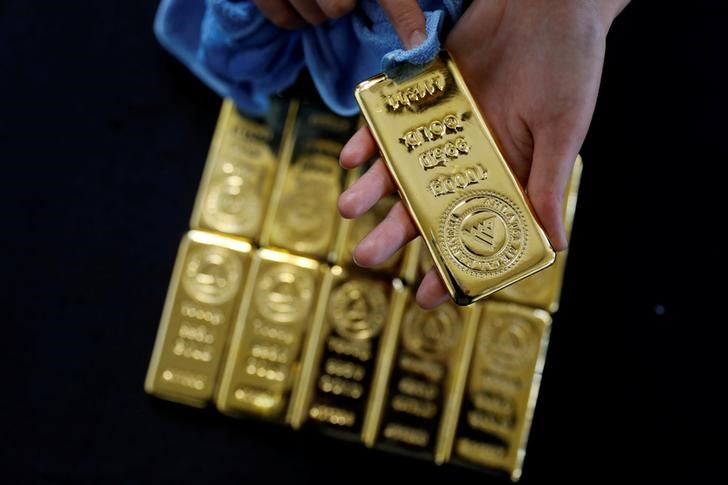UBS says gold prices to build on gains, central banks to buy more
Gold price continues to outshine the S&P 500 , maintaining a 29% increase since the beginning of the year. Analysts anticipate that gold will continue to amass gains through 2025. Central banks are expected to persist in their gold accumulation as they diversify their reserves.
The most recent data from the International Monetary Fund reveals that October saw the highest level of net gold purchases by global central banks this year.
The agency's historical pattern of underreporting gold purchases has led to a revised expectation that the official sector will acquire 982 metric tons of gold in the current year, up from the previous forecast of 900 metric tons.
Although this figure is below the purchase levels of the last two years, it is a marked increase from the annual average of about 500 metric tons since 2011. This strong buying momentum is predicted to continue, driven by de-dollarization efforts, with central banks projected to purchase at least another 900 metric tons in 2025.
The demand for gold as a portfolio hedge is expected to grow amidst the ongoing geopolitical uncertainties, such as the Russia-Ukraine conflict and tensions in the Middle East. This environment is likely to propel investor demand for hedges, further increasing inflows into gold exchange-traded funds.
Interest rate dynamics are also set to bolster the appeal of gold. The Federal Reserve is anticipated to lower rates by 25 basis points on Wednesday, with additional easing expected in the upcoming year. Lower interest rates diminish the opportunity cost of holding non-interest-bearing assets like gold.
Additionally, a projected medium-term weakening of the US dollar, due to lower interest rates and concerns over the US government's debt trajectory, should further support gold prices. A weaker US dollar makes gold more affordable for investors using other currencies, enhancing its demand.
Maintaining a bullish stance on gold for the next 12 months, analysts forecast the price of the precious metal to reach $2,900 per ounce by the end of the next year. They suggest a 5% allocation within a USD-based balanced portfolio to serve as a diversifier.
Looking beyond gold, there is also optimism for long-term opportunities in copper and other transition metals, as demand is expected to rise with increased investments in power generation, storage, and electric transport.
This article was generated with the support of AI and reviewed by an editor. For more information see our T&C.
Source: Investing.com
